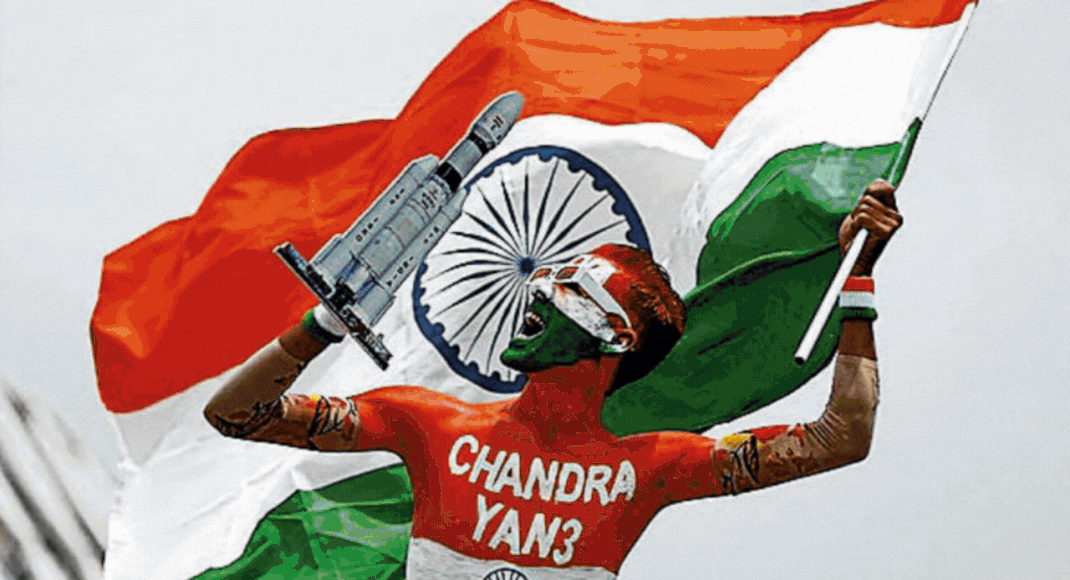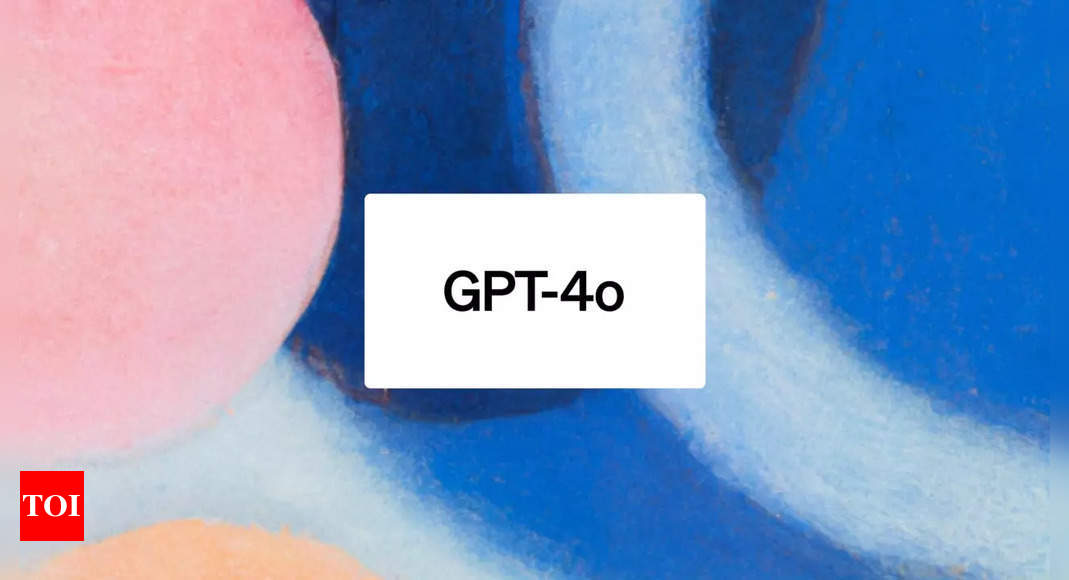When the Sun sets on Wednesday, all eyes will be on the Moon as India prepares to make history. Four years after the unsuccessful Chandrayaan-2 mission, India is on the verge of landing a probe in the polar region of the Moon with the Chandrayaan 3 mission. If successful, India will become the first country to land close to the lunar south pole. The landing is scheduled for a little after 6pm on Wednesday, with the rover named Pragyan scheduled to roll out a few hours later.
The United States, Russia, and China have already landed probes on the Moon, but all three of them landed in the southern latitudes. India’s mission to the polar region of the Moon poses unique challenges, but the Indian Space Research Organization (ISRO) is confident in the success of this mission. Vikram, the lander, has been equipped with sturdier legs that can withstand landing velocities of up to 10.8 kmph, learning from the lessons of the previous mission. ISRO has stated that Vikram has been having a smooth sail and the mission is on schedule. Regular checks are being conducted, and the mission operations complex is buzzing with energy and excitement.
ISRO has released images taken by the lander position detection camera from an altitude of about 70km, as well as images taken by the lander imager camera-4. These images assist the lander module in determining its position by matching them against an onboard Moon reference map. S Somanath, the chairman of ISRO, has mentioned that the overall process of landing may take around 30 minutes, depending on the systems and landing conditions. The agency will decide whether to land at the first visible site or choose a safer spot based on hazard detection.
Once the lander, Vikram, successfully lands on the Moon, it will extend a ramp for the rover, Pragyan, to roll out and start exploring the lunar surface. Vikram and Pragyan are equipped with instruments and are designed to function for one lunar day, which is equivalent to 14 Earth days. A senior ISRO scientist stated that their job ends only after Vikram and Pragyan complete the lunar day, as landing is just the first step in their mission. Prior to landing, ISRO established a two-way communication between Vikram and the Chandrayaan-2 orbiter, enabling mission control to have more channels to reach the landing module.
One of the challenges during the landing will be lunar dust. Firing the engines close to the surface causes a backward flow of hot gases and dust. The lunar dust has a negative charge, causing it to stick to surfaces and potentially interfere with deployment mechanisms, including the solar panel.
India’s lunar mission has generated significant excitement, and people are eagerly waiting to witness this historic moment. If everything goes according to plan, India will join the list of countries that have successfully landed probes on the Moon. This achievement will further boost India’s reputation in the field of space exploration.











